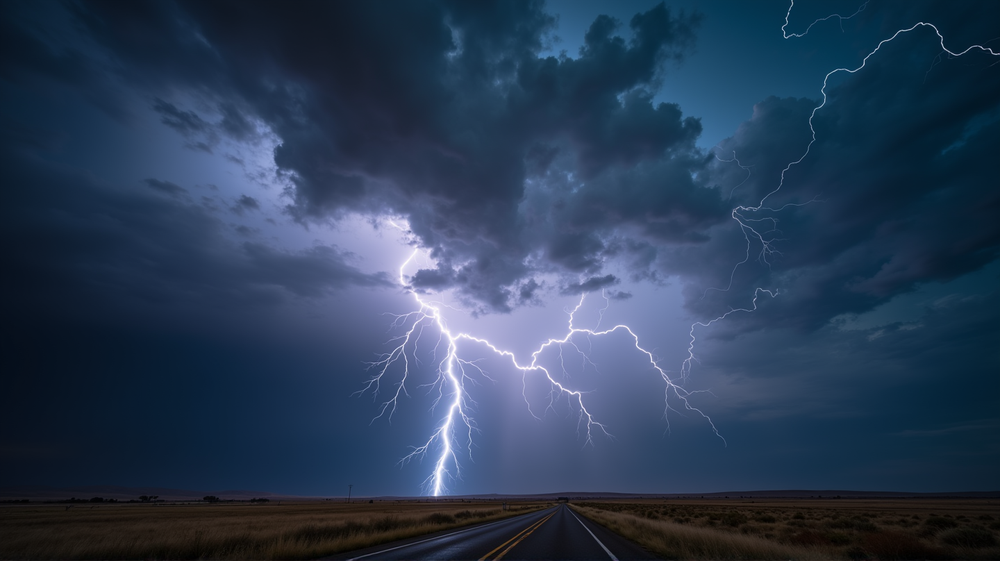In an extraordinary feat that has taken scientists and weather enthusiasts by storm, the World Meteorological Organization (WMO) certified a staggering record-breaking lightning flash extending 829 kilometers (515 miles) across the skies of the United States. This remarkable “megaflash” measures more than the distance between two iconic European cities, Paris and Venice.
The Story Behind the Megaflash
The infamous flash blazed through the atmosphere during a monstrous thunderstorm in October 2017, sweeping across the Great Plains from the reaches of eastern Texas to near Kansas City. A standard vehicle would take eight to nine hours to bridge this gap, while a commercial plane would take at least 90 minutes.
Scientific Revelations and Safety Concerns
WMO Secretary-General Celeste Saulo has emphasized the significant safety concerns associated with these electrified clouds. Lightning, awe-inspiring but deadly, poses a major threat globally. The megaflash doesn’t just amaze but brings to light the potential dangers it represents in aviation and its role as a spark for wildfires.
The Technology Behind the Record
The verification of this astounding feat was possible thanks to the latest satellite technologies, a testament to the strides made in meteorological science. The Geostationary Operational Environmental Satellite, fondly known as GOES-16, documented these ‘megaflashes’—a breakthrough in identifying and studying these rare phenomena. The discovery showcases our growing capability to monitor and analyze such extreme events, as mentioned by Professor Randall Cerveny of WMO.
Breaking Records and Paving New Paths
This new record surpasses the previous 768 km flash recorded in 2020, highlighting regions such as the Great Plains in North America where these thunderstorms often unleash their fury. There is much anticipation in the scientific community about what the future holds as technology advances and more high-quality lightning measurements are gathered.
As stated in World Meteorological Organization WMO, both records measuring using the maximum great circle distance methodology, continue to push the boundary of what we understand about our planet’s ferocity and beauty.
Prepare to have your perceptions of lightning storms transformed as you consider the cellular scale of these extraordinary fluffy giants when next admiring a distant storm. According to World Meteorological Organization WMO, these records showcase not only nature’s awe but humanity’s relentless quest to explore its many mysteries.













